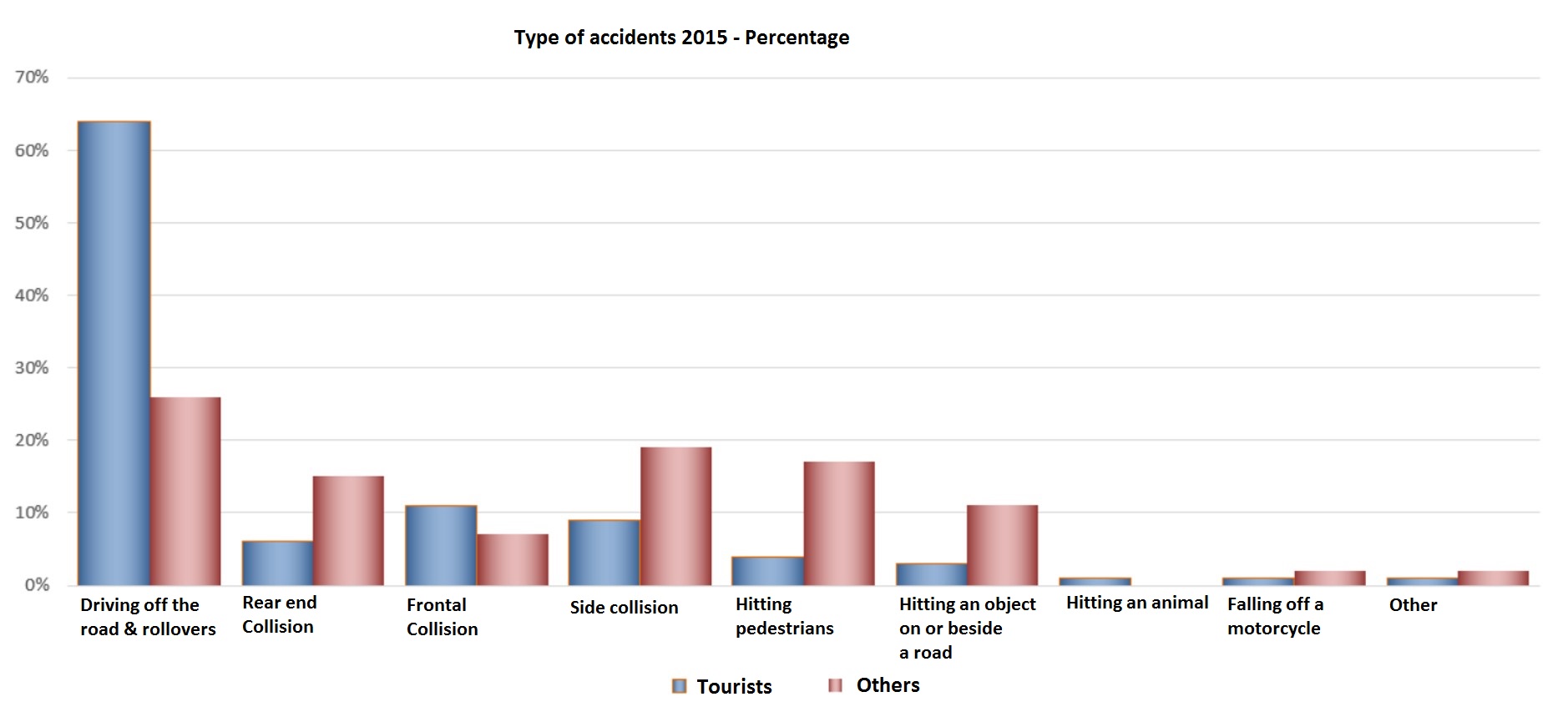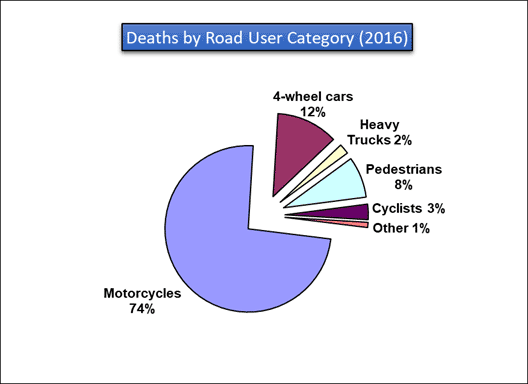If we can have very good autonomous driving, we can reduce insurance costs by 10 times if there are 10 times less collisions. Isn't Lidar is a blunt instrument to use for autonomous cars? The billions of dollars of investment in lidar are not expected to bring hands free commuting in any know timeframe.
Radios can transmit displacement vectors, velocity, inertia, proximity, chassis limits, sudden braking, abs status and wheel turns of nearby cars, both to a dashboard radar display and to the car safety calibration system and auto nav system. Why use lidar?
It would make sense to have a $50 radio transmitter in every car as a sensor for the car computers, rather than a $200 lidar, because it would reduce collisions by 90%.
Future Technology Blog: ReCal radio vision autonomous cars divide insurance costs by 10
Radios can transmit displacement vectors, velocity, inertia, proximity, chassis limits, sudden braking, abs status and wheel turns of nearby cars, both to a dashboard radar display and to the car safety calibration system and auto nav system. Why use lidar?
It would make sense to have a $50 radio transmitter in every car as a sensor for the car computers, rather than a $200 lidar, because it would reduce collisions by 90%.
Future Technology Blog: ReCal radio vision autonomous cars divide insurance costs by 10






